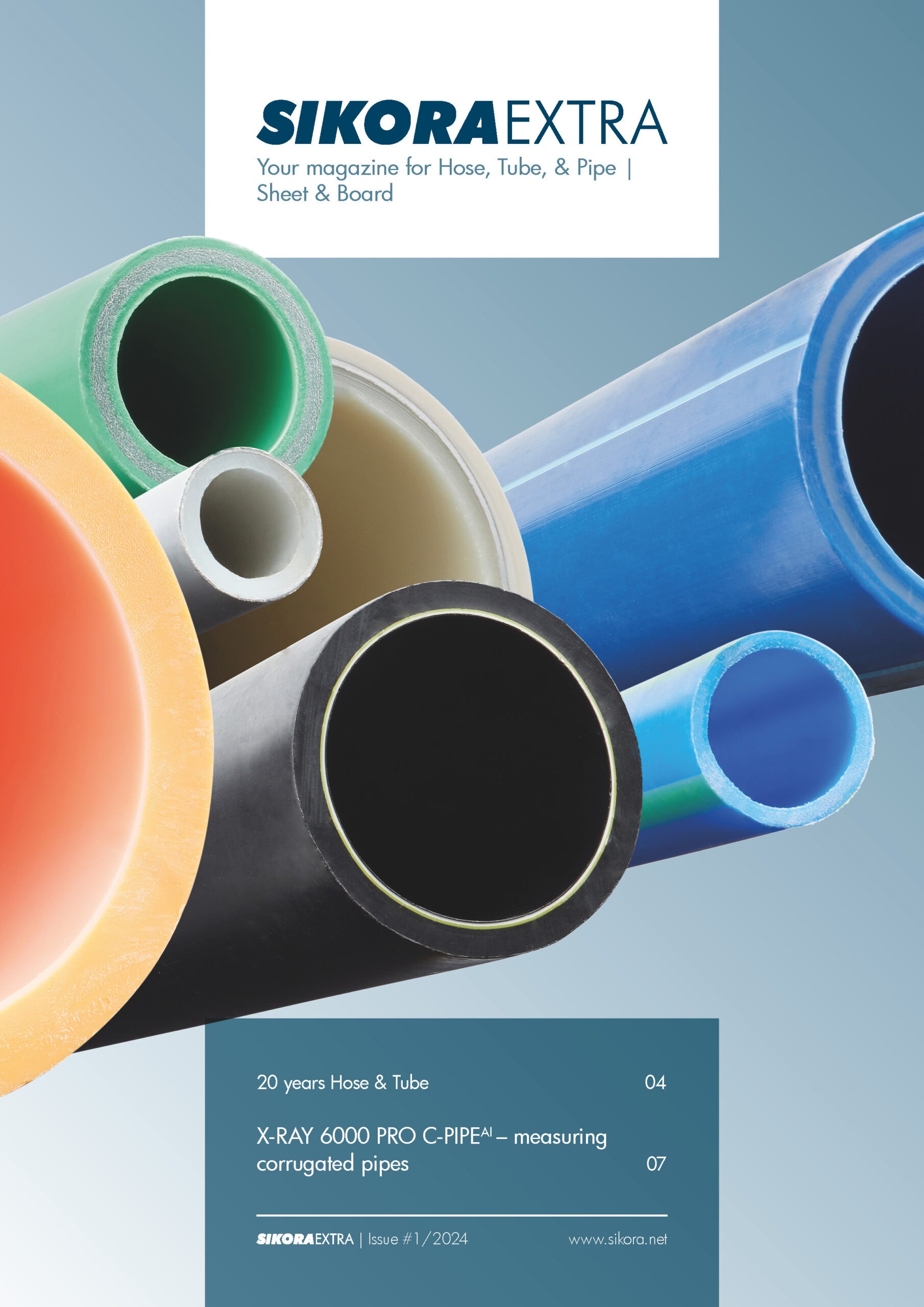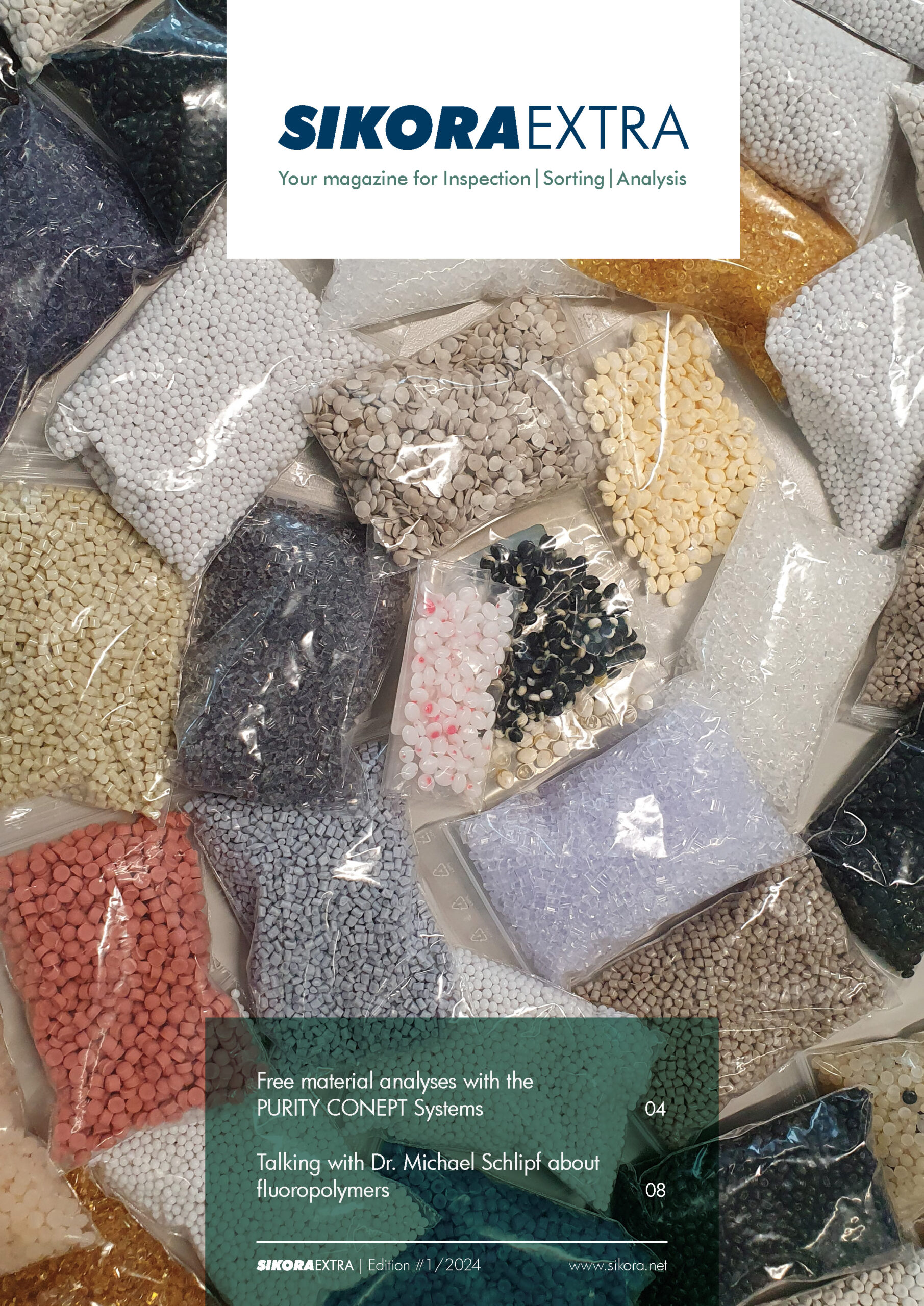Megatrends unthinkable without without fluoropolymers
Dr. Schlipf, what role do fluoropolymers play in the new megatrends such as e-mobility, 5G data transmission, green hydrogen or meeting the goals of the EU’s Green Deal?
Due to their special property profile, fluoropolymers are the basis for all of the megatrends mentioned: in electric cars, they are mainly used in batteries, but also in electronics as functional and safety components. 5G data transmission takes place via antennas made of CCL (copper-clad laminates), a composite of copper foil, PTFE or FEP foil and PTFE-coated glass fabric. Green hydrogen is produced by electrolyzing water using electricity from wind or solar energy. The membranes in the electrolysis cells are made of fluorine ionomers. Replacing fossil fuels with green hydrogen makes a significant contribution to achieving the goals of the Green Deal.
What does the planned restriction of PFAS (fluoropolymers) in Germany/Europe mean for manufacturers and processors?
Manufacturers of fluoropolymers in Europe are reducing their product portfolio or discontinuing the production of fluoropolymers completely. Half of the fluoropolymers required in Europe will then have to be imported, which will drastically increase the dependency of the high technology positioned in Europe on imports from abroad. Europe has comparatively high safety and environmental standards for production facilities. The imported high-performance materials do not achieve the usual level of quality and purity in all respects. The local shortage of raw materials is expected to lead to an increase in prices, which will put European industry at a further competitive disadvantage.
What significance does inspection and sorting technology currently have in the production and processing of fluoropolymers?
Fluoropolymers are primarily used in demanding applications such as medical technology, the semiconductor industry and high-frequency technology as well as the food and beverage industry. The highest standards of purity and quality apply to these applications. Manufacturing processes can be very complex; the greater the damage in the event of contaminated end products. This is why inspection and sorting technology plays an important role before the granulate is processed.
How do you see the future development of the industry in terms of material purity testing?
We are currently in a phase of disproportionate growth in the volume of fluoropolymers. This is due to the fact that most innovative megatrends are based on the use of fluoropolymers. As these new applications place high demands on fluoropolymers in terms of purity and quality, it is already clear that quality-enhancing production steps such as purity testing will continue to develop at a disproportionately high rate.
Thank you very much for the interview!









